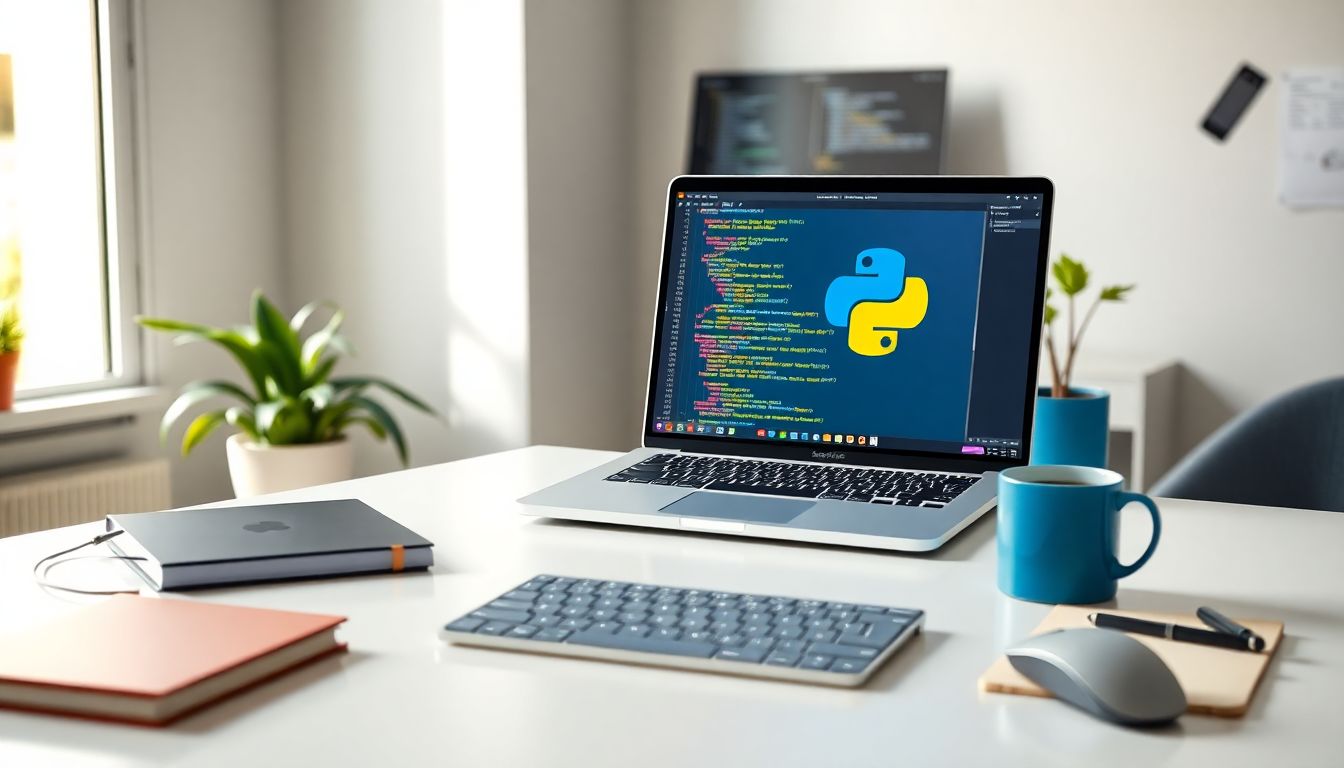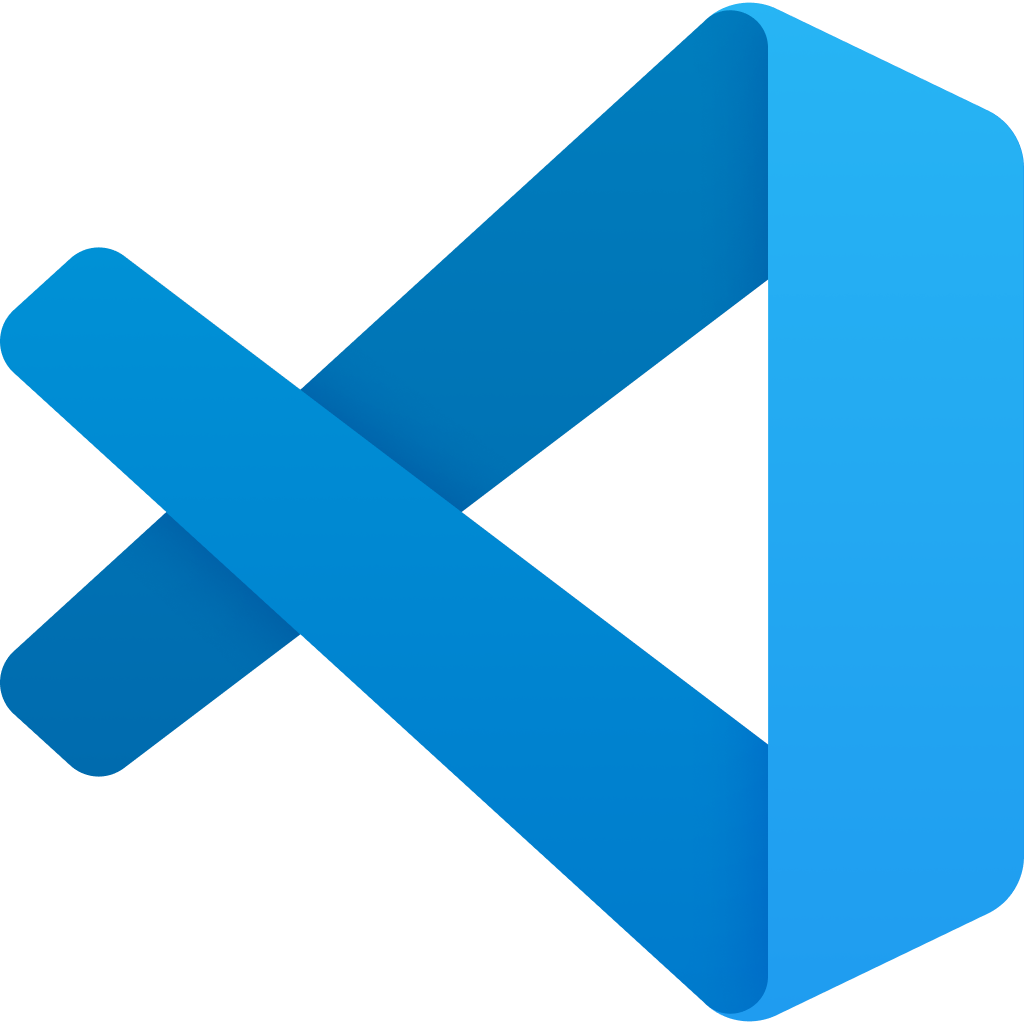
Introduction
Starting to learn Python course in Coimbatore can feel overwhelming. Picking the right environment makes a big difference. The right IDE or code editor can help you code faster, learn more, and avoid frustration. This article will review the top five Python tools perfect for beginners. You’ll learn their pros, cons, and key features to help decide which is best for you.
Why Choosing the Right Python IDE or Code Editor Matters for Beginners
Your choice impacts how fast you learn and how well your code works. A beginner-friendly tool can shorten your learning curve. It’s easier to catch mistakes and understand syntax with good features like auto-completion and debugging. Experts say that a good environment makes coding more fun and less frustrating. Many successful programmers started with simple, easy-to-use editors. Choosing the right one helps turn programming into a rewarding experience.
Criteria for Selecting the Best Python IDEs and Code Editors for Beginners
What makes an IDE or editor right for newbies? Here are key points:
- User-friendliness and setup: It should be simple to install and start using.
- Features: Auto-completion, debugging, syntax highlighting—tools that make coding easier.
- Support and documentation: A large community and clear guides help on tough days.
- Compatibility: The editor should work well on your OS (Windows, Mac, Linux).
- Cost: Free options work well for most beginners, but some paid tools offer extra features.
Top 5 Python IDEs and Code Editors for Beginners
Visual Studio Code
 Overview: A popular, lightweight editor built for customization. It works on all major OS and has many extensions.
Overview: A popular, lightweight editor built for customization. It works on all major OS and has many extensions.
Features: Supports auto-completion, debugging, integrated terminal, and Git.
Why beginners love it: Its flexibility allows simple setups and complex workflows as skills grow.
Expert note: Microsoft keeps improving VS Code by adding helpful features and a big community.
Pro tip: Install the Python Course in Coimbatore extension to unlock better code suggestions and debugging tools.
PyCharm Community Edition
![]() Overview: Made for Python Course, PyCharm from JetBrains is easy for beginners to grasp. It offers smart coding help.
Overview: Made for Python Course, PyCharm from JetBrains is easy for beginners to grasp. It offers smart coding help.
Features: Code completion, error highlighting, built-in debugger, and version control.
Pros and cons: It’s straightforward to learn but has many features that might seem overwhelming initially.
Real-world usage: Many beginner courses recommend it for its helpful tips and auto-suggestions.
Expert tip: Use tutorials and starter templates in PyCharm to get into coding faster.
Thonny
 Overview: Designed especially for beginners and students, Thonny keeps things simple.
Overview: Designed especially for beginners and students, Thonny keeps things simple.
Features: Easy interface, beginner-focused debugging, simple code runs.
Why it’s perfect for newcomers: It needs no complicated setup and shows friendly error messages.
Real-world example: Many universities choose Thonny to teach Python because of its clear layout.
Expert insight: Created by the University of Tartu to make learning Python easier.
Pro tip: Use Thonny’s debugger to see how your code runs step by step.
IDLE (Python’s Built-in IDE)
![]() Overview: Every Python Training in Course install comes with IDLE. It’s basic but ready to go.
Overview: Every Python Training in Course install comes with IDLE. It’s basic but ready to go.
Features: Simple editor, run code easily, no extra setup needed.
Pros: It’s familiar and quick to start.
Limitations: Lacks advanced tools like auto-complete and integrated debugging.
Real-world example: Ideal for absolute beginners trying out Python for the first time.
Expert advice: Use IDLE to get comfortable with Python’s syntax before moving to other editors.
Pro tip: Customize fonts and colors in IDLE for more comfort during long coding sessions.
Jupyter Notebook
Overview: An interactive tool perfect for data analysis, learning, and visualization.
Features: Combine code, images, and notes all in one document.
Why it’s easy for learners: You get immediate feedback when you run code.
Real-world example: Popular in data science courses and beginner tutorials.
Expert quote: “Jupyter Notebooks are excellent for learning Python interactively,” say educators.
Pro tip: Use Markdown cells to write notes inside your notebook and keep track of your progress.
Enhancing Your Python Learning Journey with the Right Tools
As you improve, you might want to try switching between these tools. Each has strengths for different phases of learning. Use online forums like Stack Overflow or Reddit if you get stuck. Consider adding helpful tools such as version control (Git) or virtual environments to manage projects better.
Conclusion
Picking the right Python Course in Coimbatore IDE or code editor makes a big difference for beginners. Visual Studio Code, PyCharm, Thonny, IDLE, and Jupyter Notebook all offer great starting points. Your best choice depends on your learning goals and personal preferences. Trying a few options helps you find a comfortable space to grow your skills. Remember, the right environment can make coding more fun and help you stay motivated. Start today, and enjoy the journey of learning Python!
